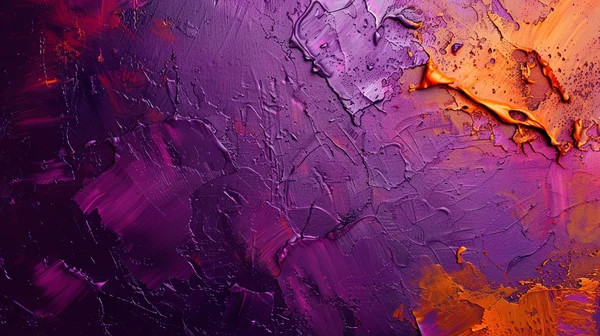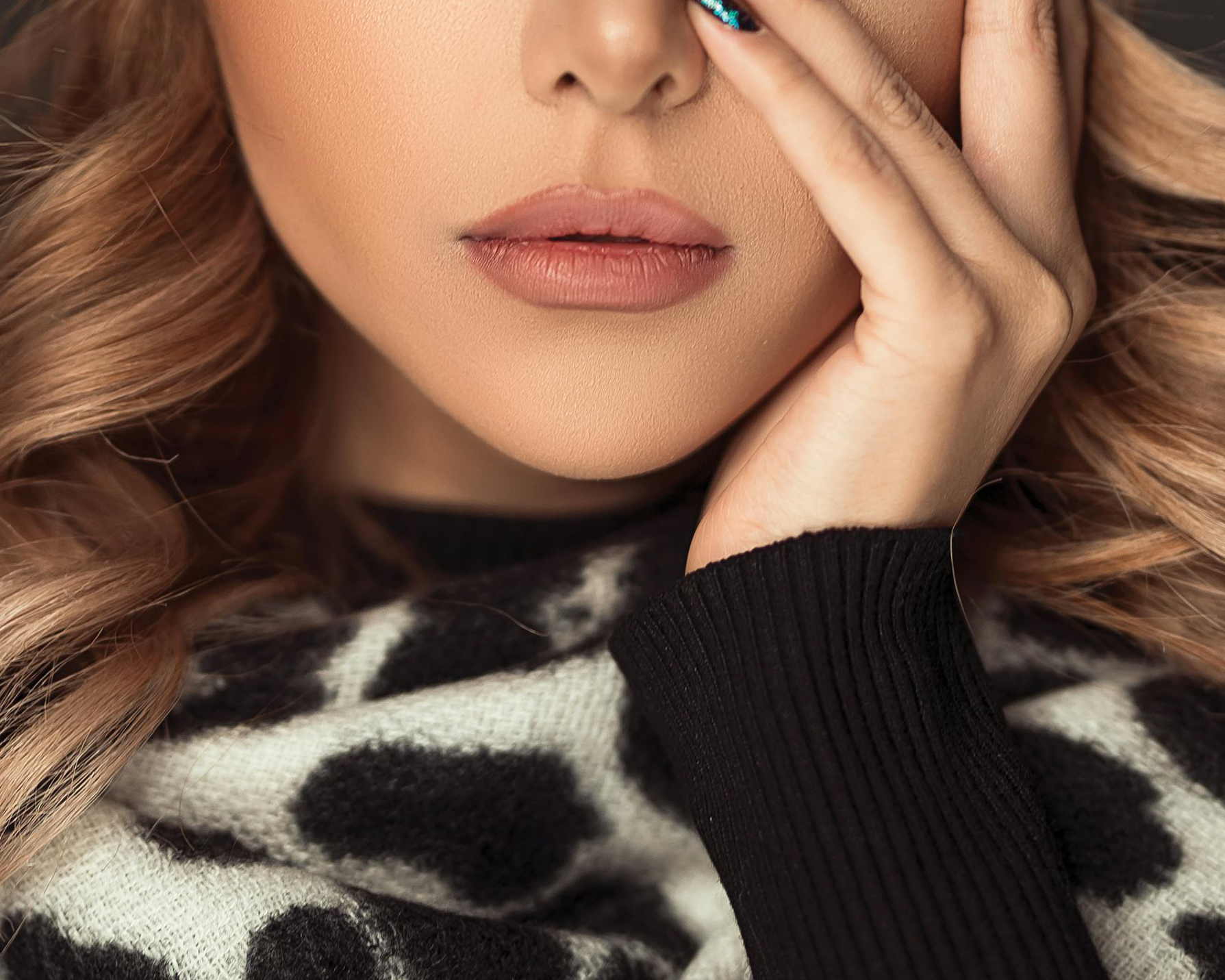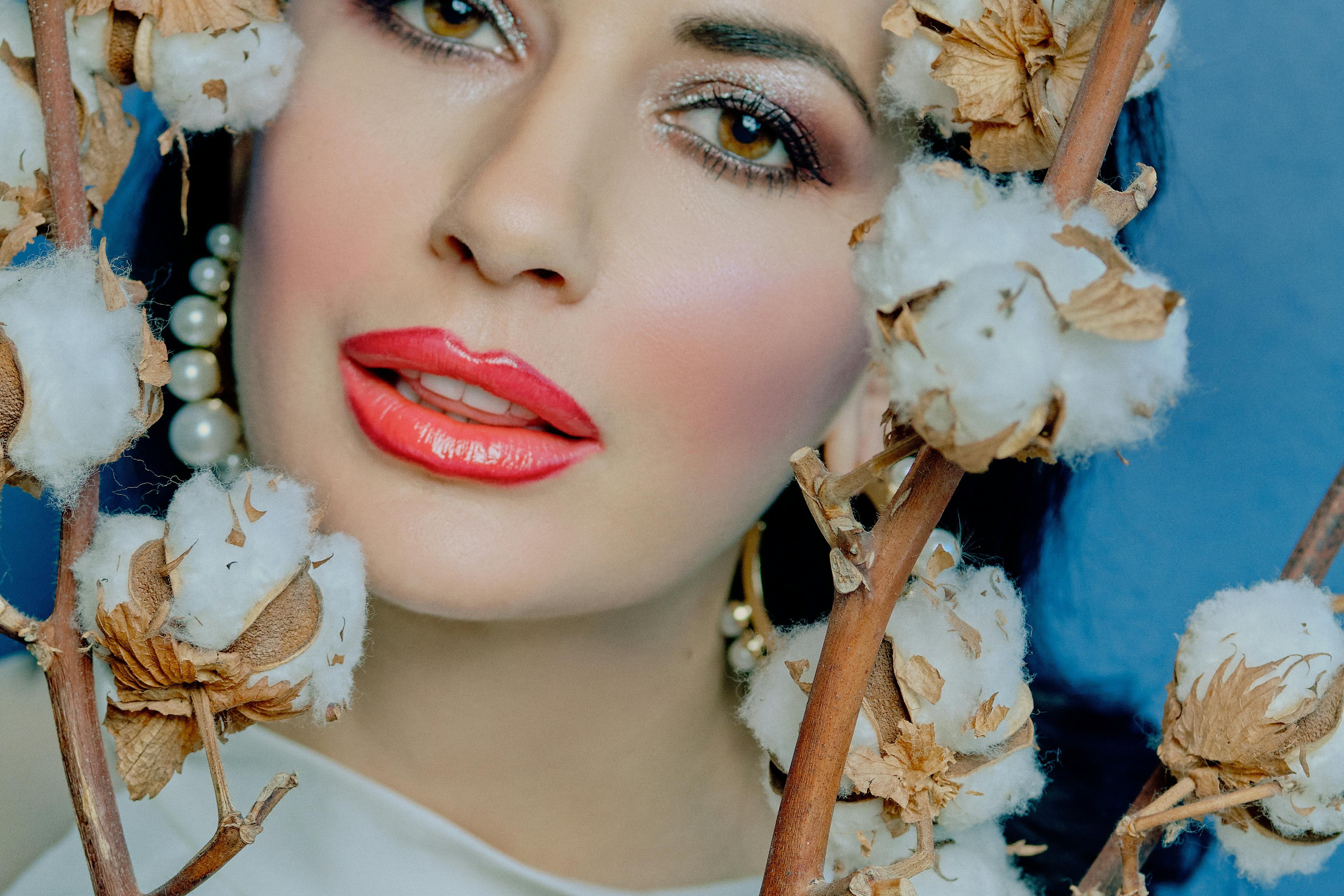

Matte vs. Glossy Lipstick: How to Choose?
Matte vs. Glossy Lipstick: How to Choose the Perfect Finish for You
Posted Jan 4, 2025
Matte vs. Glossy: Which Lipstick Finish is Right for You?
When it comes to choosing a lipstick, the finish is just as important as the shade. Matte and glossy lipsticks are two of the most popular options, each offering distinct advantages and suited for different occasions, styles, and preferences. This article dives into the details to help you determine which lipstick finish is right for you.
Understanding Lipstick Finishes
Matte Lipstick
Matte lipsticks are known for their velvety, shine-free finish. They create a sophisticated look by providing full opacity and intense color payoff. The absence of shine often lends an elegant, understated aesthetic.
Key Characteristics:
- Long-lasting and smudge-resistant.
- Highly pigmented.
- A smooth, flat finish with no shimmer or gloss.
- Can sometimes feel dry or highlight fine lines on the lips.
Common Ingredients: Matte lipsticks often contain waxes like candelilla or beeswax, pigments, and powders (e.g., silica or kaolin clay) to absorb oils and reduce shine. However, these powders can also make matte formulas less hydrating.
Pro Tip: Exfoliate and hydrate your lips with a balm before applying matte lipstick to prevent it from settling into cracks.
Use Case:
Perfect for formal events, professional settings, or when you need a lipstick to last through meals and drinks.
Popular Examples:
MAC Matte Lipstick, NARS Velvet Matte Lip Pencil.
You can also checkout the Matte collections from Lipcurve
 Photo by Ali Pazani on pexels
Photo by Ali Pazani on pexels
Glossy Lipstick
Glossy lipsticks provide a shiny, wet look that reflects light, giving the illusion of plumper and more hydrated lips. They are typically less pigmented than matte formulas but are easier to apply and reapply.
Key Characteristics:
- Sheer to medium coverage.
- Hydrating and comfortable to wear.
- Adds shine, making lips look fuller.
- Less long-lasting; may transfer or require frequent touch-ups.
Common Ingredients: Glossy lipsticks are often enriched with emollients like lanolin, shea butter, and oils (e.g., castor or jojoba oil) to provide a moisturizing effect. Ingredients like mica or synthetic pearls can also be added for a shimmery look.
Pro Tip: Layer a lip liner beneath glossy lipstick to enhance longevity and prevent feathering.
Use Case:
Ideal for casual outings, parties, or when you want a youthful, fresh look.
Popular Examples:
Fenty Beauty Gloss Bomb, Dior Addict Lipstick.
 Photo by Inna Mykytas on pexels
Photo by Inna Mykytas on pexels
Key Differences Between Matte and Glossy
Matte Lipstick
- Finish: Flat, velvety.
- Pigmentation: High pigmentation for bold color payoff.
- Longevity: Long-lasting and smudge-resistant.
- Comfort: Can be drying, especially on chapped lips.
- Occasion: Best suited for formal or professional settings.
- Lip Appearance: Creates a sophisticated and defined look.
Glossy Lipstick
- Finish: Shiny and reflective, giving a wet look.
- Pigmentation: Sheer to medium, offering a more natural appearance.
- Longevity: Short-lived and may require frequent reapplication.
- Comfort: Hydrating and comfortable for prolonged wear.
- Occasion: Ideal for casual, fun, and youthful occasions.
- Lip Appearance: Gives lips a plumper, more hydrated look.
When to Choose Matte Over Glossy (and Vice Versa)
-
Skin Tone & Lip Texture:
- Matte lipsticks tend to accentuate dry or textured lips, so if your lips are prone to dryness, opt for glossy finishes instead.
- Glossy lipsticks add volume, making them ideal for thinner lips.
-
Occasion:
- Matte lipsticks suit professional settings and evening wear due to their long-lasting and formal appearance.
- Glossy lipsticks are great for daytime outings, casual gatherings, or when you want a youthful glow.
-
Season:
- Matte lipsticks are popular in cooler months, as they pair well with dramatic fall and winter shades.
- Glossy lipsticks shine during summer, complementing dewy skin looks.
Expert Quotes
- According to Dermatologist Dr. Jane Hughes, “Matte lipsticks often contain ingredients that absorb oils, making them ideal for all-day wear but less suitable for people with dry or sensitive lips. A good lip primer can help bridge the gap.”
- Makeup Artist Lisa Eldridge says, “Glossy finishes are a go-to for creating dimension and softness. They're forgiving and can make lips look youthful and plump.”
Technical Details: The Science of Ingredients
- Pigments: Both matte and glossy lipsticks use pigments such as iron oxides and titanium dioxide to provide color. Matte lipsticks typically have a higher pigment concentration.
- Film Formers: Ingredients like polyisobutene or silicone polymers in glossy lipsticks help create a shiny, smooth coating.
- Moisturizers: Glossy lipsticks contain higher levels of moisturizing agents like squalane, coconut oil, and vitamin E compared to matte lipsticks.
Final Thoughts
The choice between matte and glossy lipsticks boils down to personal preference, occasion, and your lips' needs. Matte lipsticks are timeless and bold, while glossy lipsticks are youthful and fresh. By understanding the key differences and technical details, you can confidently select the finish that enhances your look and meets your lifestyle needs.
References
- "The Science of Lipsticks: Ingredients and Benefits" - Cosmetics Journal, 2023.
- "Matte vs. Glossy: What's Best for You?" - Makeup Trends Monthly, 2022.
- Eldridge, Lisa. Face Paint: The Story of Makeup. Abrams Image, 2015.
Disclaimer
This blog mentions products and brand names for informational purposes only. The mentioned brands are not affiliated with or endorsing this content.